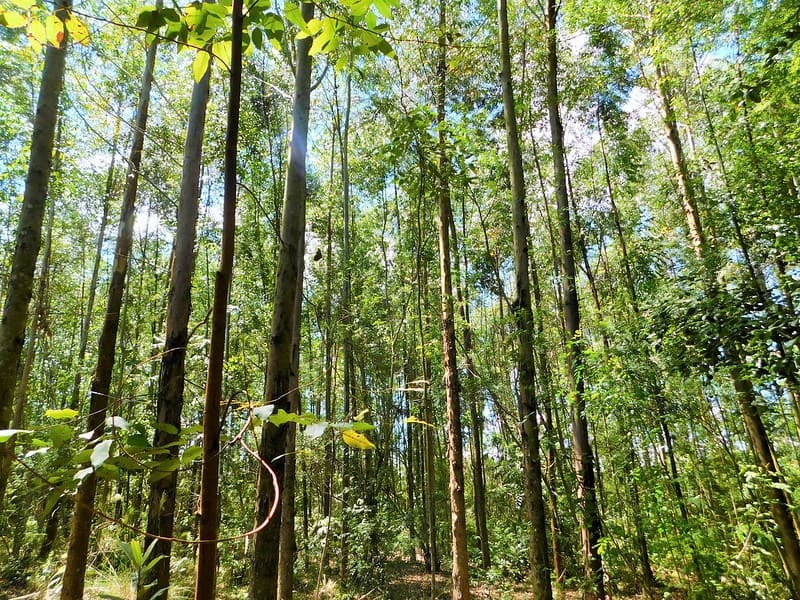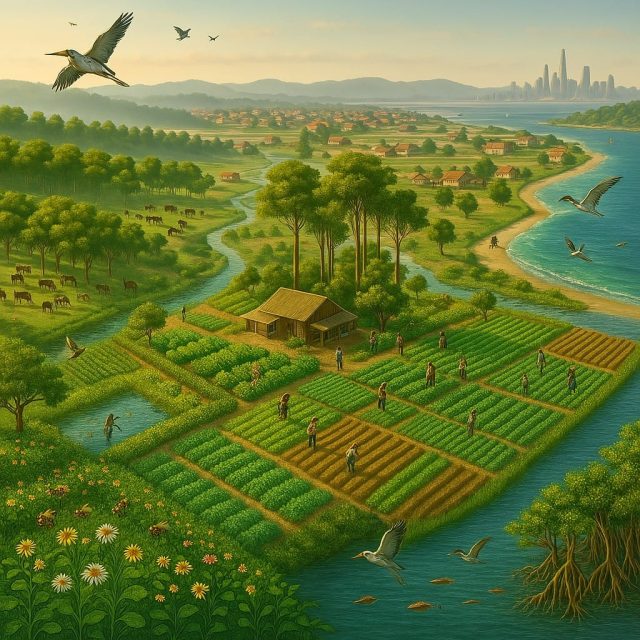Natural forest regeneration: A good choice for biodiversity
- From
-
Published on
21.03.20
- Impact Area
-
Funders
Trees and Agroforestry

Forests are full of surprises.
Parts of the Amazon, Panama’s Darien and many other places we think of as home to pristine primary forests are actually the outcome of centuries-old natural forest regeneration. Much of this regrowth in the Americas happened when Amerindians, around the time of European colonization, abandoned their fields and dramatically reduced their farming activities, while at the same time the need for forest conversion by early colonists was insignificant.
One of the key messages of this year’s International Day of Forests is that forests can come back.
Unfortunately, this may not be as true as it once was, especially where deforestation and forest degradation remain unabated and soil erosion is severe. And many of the countries that pledged to restore millions of hectares of degraded land as part of the Bonn Challenge, a global effort to restore 350 million hectares of land by 2030, show high deforestation rates.
The post Natural forest regeneration: A good choice for biodiversity appeared first on CIFOR Forests News.
See the rest of the story at forestsnews.org
Related:
Forests 101: The green infrastructure sustaining life on earth
Five (or six) solutions for saving the world’s forests and restoring landscapes
Finale features lessons learned in social forestry–climate change partnership
Related news
-

ICRISAT to Deliver World-Class Services as CGIAR’s Breeding Resources South Asia Hub
International Crops Research Institute for the Semi-Arid Tropics (ICRISAT)07.07.25-
Biodiversity
-
Food security
Strategic collaboration to scale innovation and deliver harmonized, high-quality support across CGIA…
Read more -
-

Multifunctional Landscapes that reconcile food production, with ecosystem restoration and biodiversity conservation
Multifunctional Landscapes Science Program06.07.25-
Biodiversity
-
Environmental health & biodiversity
The CGIAR Multifunctional Landscapes Science Program (MFL SP) is driven by a bold vision of…
Read more -
-

Agrobiodiversity for People and Planet: How Multifunctional Landscapes Safeguard Diversity, Resilience, and Livelihoods
Multifunctional Landscapes Science Program30.05.25-
Biodiversity
-
Climate adaptation & mitigation
-
Environmental health & biodiversity
-
Food security
-
Health
-
Nutrition
Agriculture and food systems have significantly affected over 75% of Earth's land surface, polluted …
Read more -
